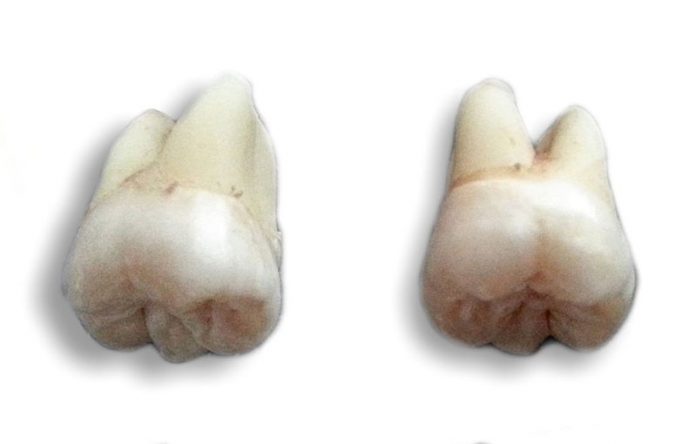Hollund, H., Jans, M.M.E and Kars, H. (2014). How are teeth better than bone? An investigation of dental tissue diagenesis and state of preservation at a histological scale (with photo catalogue). Internet Archaeology, (36). http://dx.doi.org/10.11141/ia.36.7
Teeth are often the preferred substrate for isotopic and genetic assays in archaeological research.
Teeth can yield isotopic signals from different periods of an individual’s lifetime, useful in dietary reconstruction, climate research, and investigation into mobility of people and animals in the past. Additionally, it is generally accepted that teeth preserve biomolecules (e.g. DNA, collagen) and isotopic signals better. Despite the importance of dental tissue in archaeological research, no systematic study has been carried out concerning diagenetic alterations at histological scale. This article reports the results of a thorough histological characterisation of post-mortem alterations observed in 34 ancient teeth.
Such alterations are well described in bone whereas similar analyses of teeth are scant and highlight the need for diagenetic screening before analysis. Micrographs have been made, illustrating typical diagenetic features occurring within the dental tissues cementum, dentine and enamel including bioerosion, cracking, etching and staining. The photo catalogue produced can be used within fields such as archaeology, forensics and palaeontology.
http://intarch.ac.uk/journal/issue36/hollund_index.html
Source: Internet Archaeology



![[Internet Archaeology]](http://intarch.ac.uk/logo/ia-logo.gif)